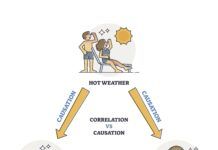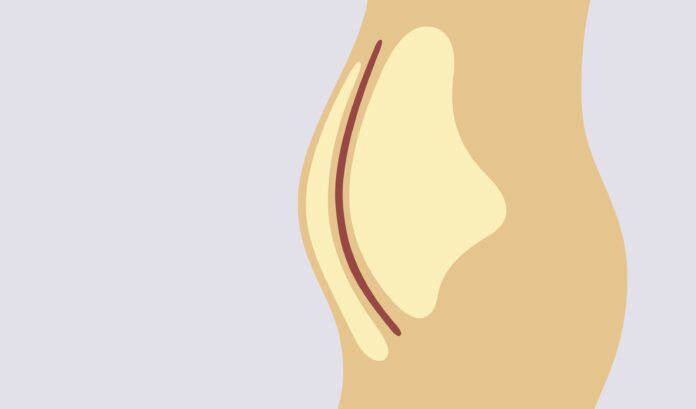Body Mass Index (BMI) has long been a shorthand method for determining if one’s weight may negatively impact health. But there are limitations to this measure. For one, it is not a measure of body composition or fat distribution. Body builders and others with a lot of muscle may be classified as overweight or obese on the BMI scale. Other existing measures of body fatness are complicated and/or expensive.
Since higher abdominal obesity (also called visceral obesity) is associated with higher risk for diseases like cardiovascular disease, metabolic syndrome, and type 2 diabetes, researchers searching for a better measure looked at “body roundness” as a contender.
The study analyzed data from nearly 34,000 U.S. adults over 10 years. A Body Roundness Index (BRI) was calculated with a formula that used participants’ waist circumference and height. Participants’ BRI increased gradually over the years, especially among women, elderly individuals, and individuals who identified as Mexican American. After 10 years, just over 10 percent of participants had died. The researchers found a U-shaped association between BRI and death from any cause. This means that people in both the lowest and highest BRI categories were more likely to die than those in the middle. (As with BMI, people who are ill or frail are more likely to have a low BRI.)
It is known that carrying excess body fat increases risk for health problems. While we wait for better measures, we can still make lifestyle choices that support reaching and maintaining a healthy weight. These include making the kind of healthy dietary choices advocated in this newsletter, watching portion sizes, being as active as possible, and aiming for seven to nine hours of sleep a night.























